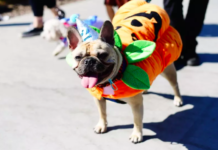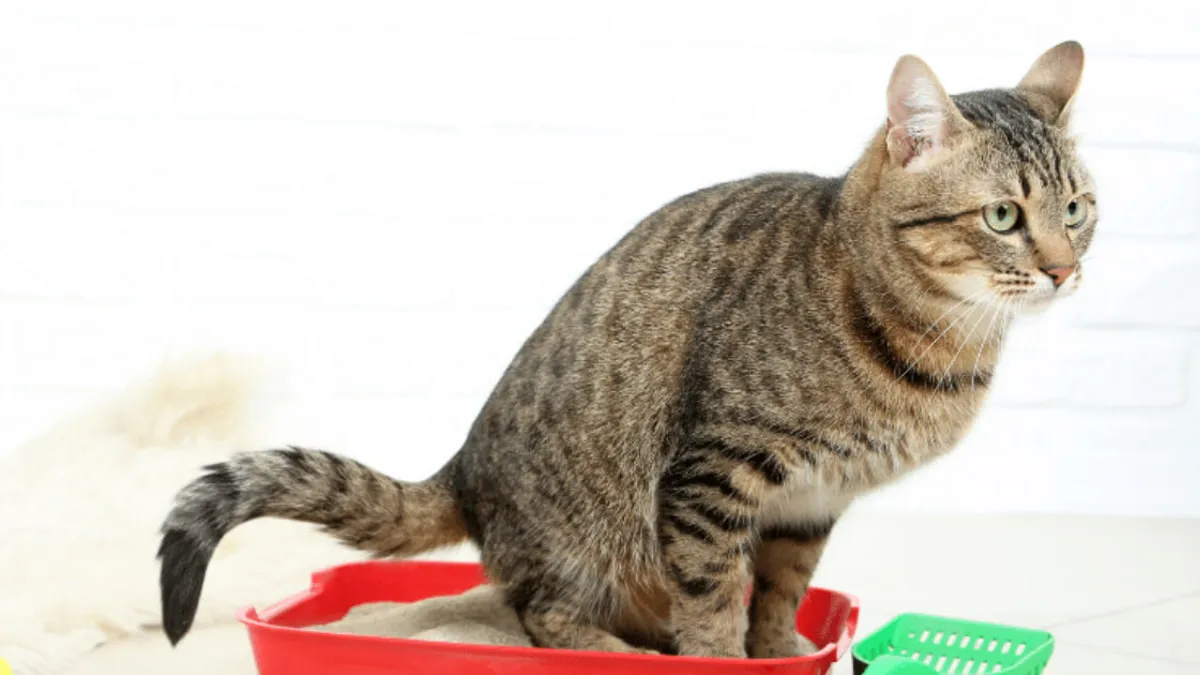Last Updated on July 11, 2021 by Fumipets
If you’re considering breeding Border Collies, you already know they’re the smartest dog breed on the planet. Border Collies are an elegant, clever, and athletic breed of dog. It is renowned for both its amazing herding sense and its tremendous agility.
Border Collies are also known for their loyalty, so whether you’re searching for a working dog or an agility dog, the Border Collie should be on your shortlist. In the ring, during trials, and on the field, they are unstoppable.
Border Collies are excellent police dogs because of their loyalty and response to training, as several nations are discovering. They’re also fantastic companions for the blind. Oh, and for the fun fact, a Border Collie appeared in the film ‘Babe’!
In a nutshell, if you’re wondering how to breed Border Collies, you’re not alone; and you won’t be disappointed! This article will walk you through the steps of starting a Border Collie breeding business.
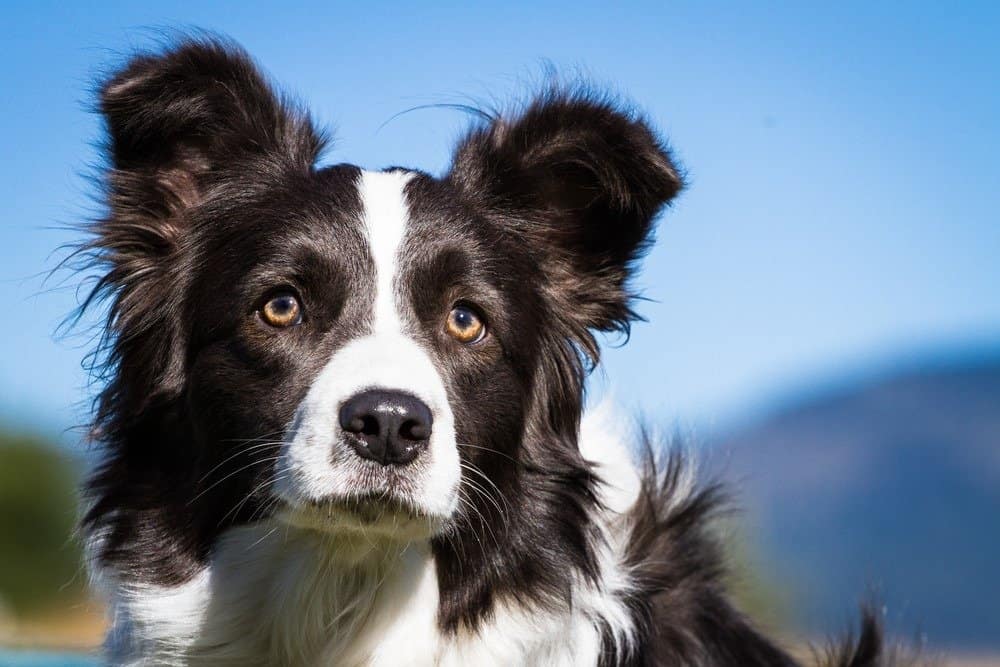
History
The origins of the term “collie” is a controversial issue. The name “Border Collie” is said to have been coined for the first time in the United Kingdom about 1915. Among the many origins ascribed to the word, one of the more likely explanations seems to be that it is derived from German. The name kuli, which is thought to be the origin of the word collie, means “worker” in English. This appears to make sense when we consider that the Border Collie is a working dog breed.
Another possible derivation of the name is because the Border Collie is said to have originated in the English county of Northumberland. As some of you may be aware, this is a location on the English-Scottish border. As a result, this theory is also highly probable. Because of the amount of time that has gone, it is almost difficult to be positive about such things. The mountains along the English-Scottish border, as well as the breed’s remarkable herding ability, have led many to think that Northumberland is the origin of the Border Collie.
The First Border Collie Studs
The Border Collie breed may be traced back to The Old Hemp, often known as the Father of the Border Collie breed. The Old Hemp is credited with incredible accomplishments, and all pure Border Collies living today may trace their ancestors back to him.
Wiston Cap is another related breed that is said to have impacted the Border Collie and the Collie breed since his lineage can be seen in most modern-day Collie bloodlines.
The Border Collie was the perfect herding dog for cattle because it had an innate understanding of herding. The Border Collie has a long history of being popular since it needs little human intervention and is renowned for its excellent performance. Border Collies are one of the most popular working dogs in the world because of their propensity to work long hours.

Border Collies Breeding Best Practices
Every dog breeder, including “Border Collie” breeders, must adhere to best practices. There are some general guidelines to follow if you want to get the most out of your Border Collie. Failure to do so will have a negative impact on your connection with your dog.
The AKC officially recognised the Border Collie in 1995, however, the International Sheep Dog Society is the most significant organisation for all Border Collie enthusiasts (often referred to as the ISDS.)
Patterns, Coats And Colours
Border Collies are permitted to have a wide range of coat types, colours, and patterns. It’s often tough to grasp since we’re only familiar with the black and white border collies, but there are many more.
To begin, the following coat kinds are permitted:
- Rough Coat – the breed has both moderate and severe rough coats, with a shorter length on the belly.
- Smooth Coat — Short-haired Border Collies have a smooth coat that allows them to show off their wonderful structure.
- Curly Coat – Border Collies with a curly coat are very uncommon, although they do exist.
- Bearded – the bearded type of purebred Border Collie is also very uncommon.
When breeding Border Collies, a variety of coat colours and patterns are permitted:
- Black & White — The most frequent and perhaps “classic” colour combination in the whole breed is black and white.
- Tricolor Collies – the second most common pattern, tricolour collies may be any colour but are most often black, white, and tan.
- Red and White – sometimes known as chocolate and white, this design is becoming more fashionable.
- Sable & White – currently uncommon, the tan coat with black points was popular in the nineteenth century.
- Blue and White — blue is a recessive dilute blue-grey hue that is genetically complicated.
- Merle – Merle is a pattern rather than a colour, since there are red merle, blue merle, slate merle, sable merle, and so on.
In all honesty, there are so many different colour combinations and coat variations within the Border Collie breed that listing them all would be impossible. The British Columbia Museum is a good place to learn more about the breed’s different coats.
Border Collie Coats
Because the Border Collie has always been first and foremost a working breed, there are so many coat variants. As a result, appearance and looks were seldom, if ever, important. Showing and agility lines have grown in popularity over time to the point that they are now considered the “mainstream Border Collie,” with all combinations being considered part of the breed.
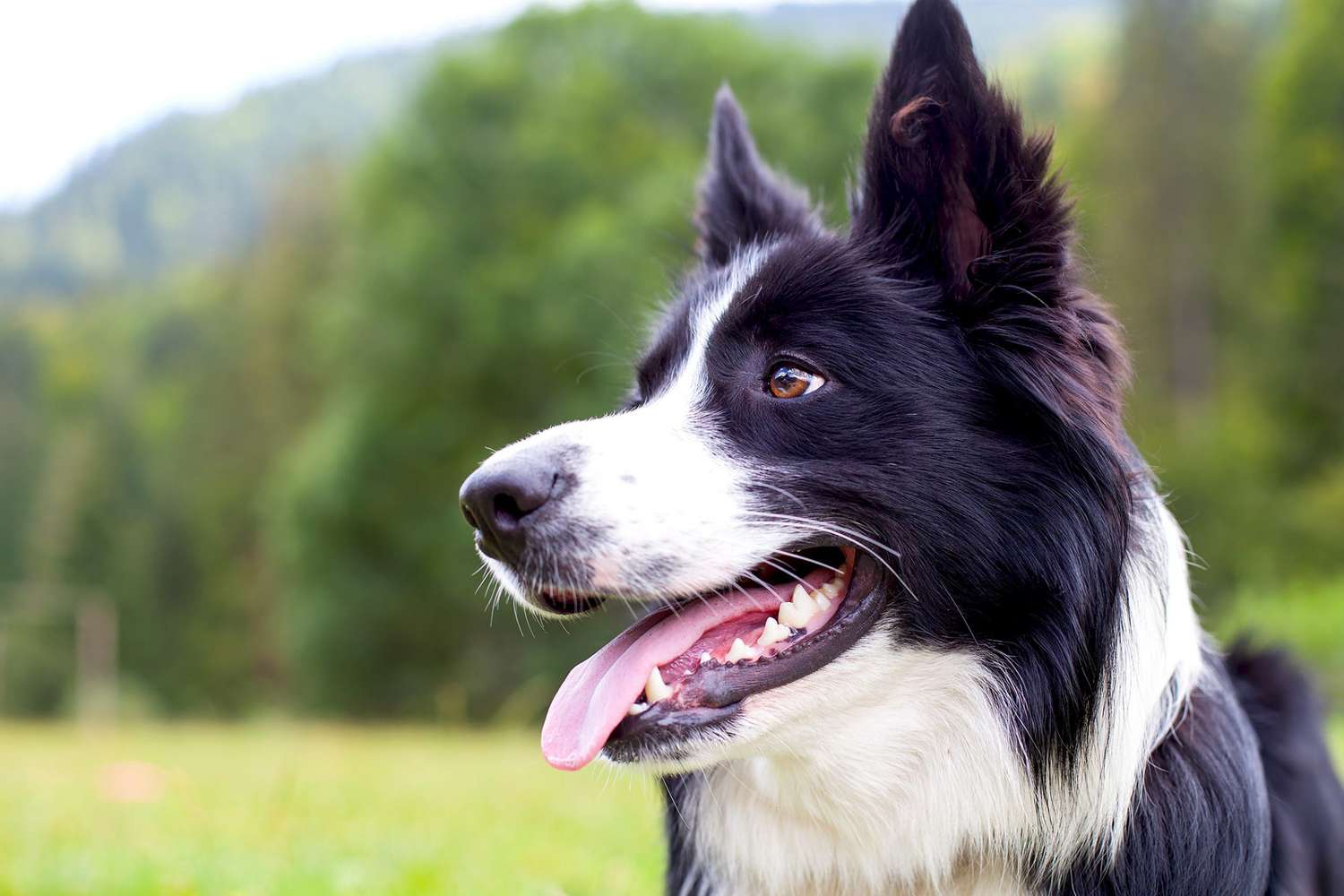
Average Litter, Size and Weight
Border Collies are not the world’s largest dogs, but they do come into the medium-sized category. A Border Collie’s typical height is approximately 20 inches, and its usual weight is about 30-45 pounds.
Male Border Collies are somewhat larger than female Border Collies, but not by much. Similarly, female Border Collies are somewhat lighter than male Border Collies. The size and weight differences between male and female Border Collies aren’t substantial enough to separate them into distinct breeds.
C-Section
Unless it’s an emergency and a C-Section must be done at any cost, most veterinarians will let you decide whether or not to have a C-Section. When your Border Collie is pregnant, make sure you have some extra cash on hand just in case you need to have an emergency C-Section.
Training
When it comes to Border Collies, the first thing breeders should keep in mind is that they are not the usual cuddly dogs that can be left at home all day. Furthermore, unless taught from a young age, the occasional brief stroll tossed in three times a day will not enough.
Border Collies are highly energetic dogs that need a lot of exercise to maintain their natural well-being. They must be trained on a regular basis, and it is best to begin their training as soon as possible. Professionals have proven that when dogs are trained from a young age, they react better to instructions and training in general. It makes intuitive sense – even humans are encouraged to acquire languages and abilities at a young age since it is easier to learn things at that age in general.
Low Maintenance
Another advantage for someone considering breeding a Border Collie is that it is not at all a high-maintenance dog. It is not necessary to brush it aggressively every day. If you have a rough-coated Border Collie, however, weekly brushing is recommended, particularly during shedding season.
Bathing your dog on a regular basis is not required unless you spend a lot of time outside with him. In most instances, washing your Border Collie once every several months should enough for everyone else. Using dog wipes in between washes may be extremely helpful!
Cleaning your Border Collie’s ears and brushing his teeth should be prioritised. Bacteria are more likely to develop here, causing your dog to get ill in one way or another.
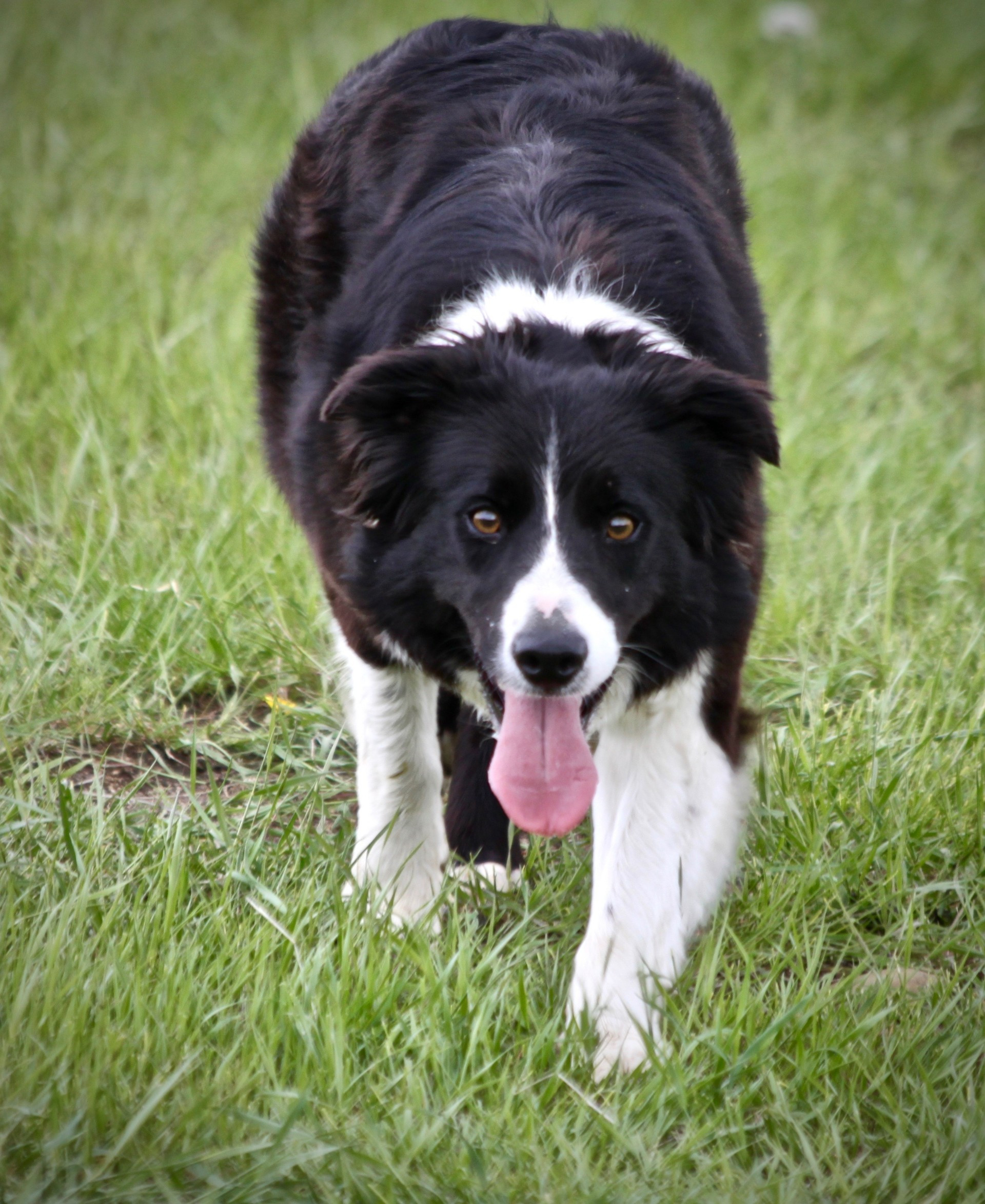
Diet
Given the energetic character of Border Collies, as previously stated. To maintain their muscular mass, they must be fed a diet rich in protein and good fats (omega-3 and omega-6 fatty acids). Of course, a high-protein, unbalanced diet may do more damage than good, so eating a well-balanced diet is essential.
The precise requirements will vary from dog to dog, based on their degree of activity and metabolism.
Because Border Collies are naturally up for any activities, no matter how strenuous they may be, it is important to give a sufficient quantity of supplements from an early age to avoid canine arthritis later in life. This is the most effective method to keep your Border Collie’s joints and bones healthy.
Health Issues
A Border Collie’s typical lifespan is between 12 and 15 years. Multiple diseases may shorten its life expectancy, so make sure you obtain the required health tests and certifications before breeding your border collie.
First and foremost, two merle Border Collies should never be bred together. Due to genetic conflict, breeding merle-to-merle will definitely result in deafness and visual impairments in future generations. Only reckless and uneducated puppy farms breed merle-to-merle Border Collies. To obtain merle in a border collie litter, a breeder usually needs to breed specifically for that hue (which is fine, as long as it is not by breeding two merles together.)
The Collie Eye Anomaly is one of the most serious problems that Border Collies may have. Despite the fact that the danger rate is not excessively large, there is almost no method to identify this disease. Take your dog to the doctor as soon as possible if it exhibits symptoms of blindness.
Border Collies are also susceptible to Idiopathic Epilepsy, a frequent hereditary medical disease in the breed. The typical symptoms occur between the ages of one and four years and are typically manifested as observable twitches, seizures, or convulsions. Such fits may be concerning, and you should see your veterinarian as soon as you detect them. Despite the fact that the dog’s welfare is seldom at question, seizures and convulsions may place the dog in a dangerous position and are often frightening the dog, who now lives in dread and worry.
Border Collies are prone to hip dysplasia, particularly when breeders fail to grade their breeding line. Hip and elbow dysplasias are very difficult to cure and are typically treated solely with medicine.

The Border Collie Breed’s Future
Border Collies were mainly employed as a working breed in the past, as previously stated. They became the most popular sheepdog due to their natural instinct of herding. In fact, a Border Collie’s herding behaviour is so strong that it has a tendency to herd automobiles, children, and anything else that moves in a group. In a nutshell, it was thought to be the ideal farmer’s dog. This, however, is quickly changing.
Although a Border Collie’s instincts, along with its devotion, will always make it an excellent working breed, more and more dog breeders are opting to teach their Border Collies using agility training techniques. Border Collies, as previously said, are very intelligent, quick, and responsive dogs. As a result, they are excellent for agility training. Furthermore, Border Collies are extremely clever, which means they can navigate their way around obstacles, which is critical in agility breeds.
Farmers needed extremely clever canines to work with at a distance, so they selectively bred them.
Simply put, Border Collies have transitioned from being a herding breed to an agility breed. You won’t find a list of the greatest agility breeds without the Border Collie included anywhere near the top (generally first.) This is not to suggest that they are no longer employed for herding, but their main use has shifted to agility training, and their image as an agility breed has changed.





